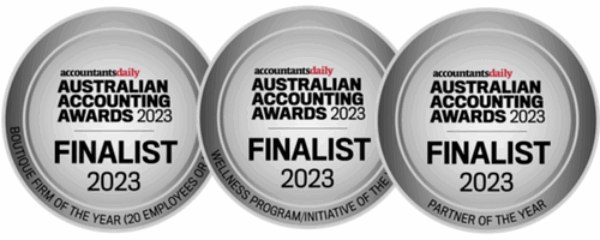Buying into a Medical Practice partly or wholly can be a very daunting task which is generally capital intensive, but when performed correctly it can create a great investment vehicle which will continue to provide community health for future generations.
The purpose of completing a due diligence is to confirm the facts provided by the vendor through investigation, review, verification and analysis to make sure the practice being purchased is as presented. Further due diligence is required should the medical rooms be purchased in conjunction with the practice.
A significant advantage of having a due diligence prepared prior to purchasing, is that the preparer can act as a third party with the vendor to ask the relevant questions and remove the emotion of such a large financial commitment.
Below are the various components which constitute a due diligence report.
Future Maintainable Earnings
The vendor will often provide an information memorandum detailing the business for sale and provide the financial statements for the current and previous periods. Each financial period will have a series of add backs or normalisations which will calculate the future maintainable earnings of the practice. Such add backs include:
- Interest
- Depreciation
- Taxation
- Amortisation
- Spouse wages and super
- Travel expenses
- Excess rent paid to Self Managed Superannuation Fund (SMSF)
The purpose of the add backs is to normalise the profit of the practice to that of a practice being run at arm’s length regardless of ownership structure. This ensures the consideration paid for the practice is at market rates and forecasts the practice’s profitability.
Pertinent to any business is the structure, even more so when setting up your ownership structure for the practice correctly. Not only should the correct structure be tax effective it will avoid a costly restructure in the future which may attract stamp duty and capital gains tax. There is no perfect structure for medical practice ownership, rather each structure is required to take into account the purchasers’ personal considerations. Often when purchasing the medical rooms along with the practice the rooms are purchased in an SMSF which involves additional complexity. Walshs’ can setup the correct structure for you whether it be a trust, company, partnership, sole trader, SMSF or a combination.
Financing
With the tightening of lending legislation, obtaining 100% third party finance is becoming scarcer, rather the purchases are generally made with a mix of equity (cash) and third party or vendor finance. Vendor financing will generally be dependent on the sale structure i.e. purchasing portions of the practice over a period or 100% upfront and the timeline of the vendor. Should third party finance be required it is recommended a medical lending specialist is used as they will understand your specific requirements and have vast experience with medical practice transactions. In addition to third party financing, it is likely quarterly or six-monthly covenant reporting will be required which is an added compliance cost.
Pay Back Period
Once the purchase price and financing requirements are established the payback period is calculated. The payback period is essentially the time period in which the investment pays for itself. There are a number of variables which will impact this and should be considered in depth.
In addition to the above cash flow forecasts and budget should be prepared to ensure the business is tracking as expected and any variances can be analysed. This will provide a more accurate payback period calculation.
Risks
There are risks which must be considered when purchasing a medical practice, such considerations:
- Personal Considerations – mortgage, borrowing capacity, family planning
- Staged Buy In – after the initial purchase your efforts in the practice increase the profitability and therefore the purchase price of additional equity
- Service Agreements are required to be reviewed
- Staff leaving due to new ownership
- Malpractice by doctors or nurses
- Ensure adequate levels of insurance are held for income protection, public liability, cyber
- Practice profitability declines below estimated future maintainable earnings
Whether a part or a complete medical practice acquisition is being considered, the due diligence is a critical component in the process which could pay dividends for years to come.
Further considerations on medical practice ownership can be found here ‘Starting Out in Medical Practice Ownership’.
For more information or to discuss your specific circumstances, please do not hesitate to contact our offices at 3221 5677, enquiries@walshs.com.au or book a meeting here.
By Ben Knoblanche CA Head of Business Advisory | Walshs Practice











